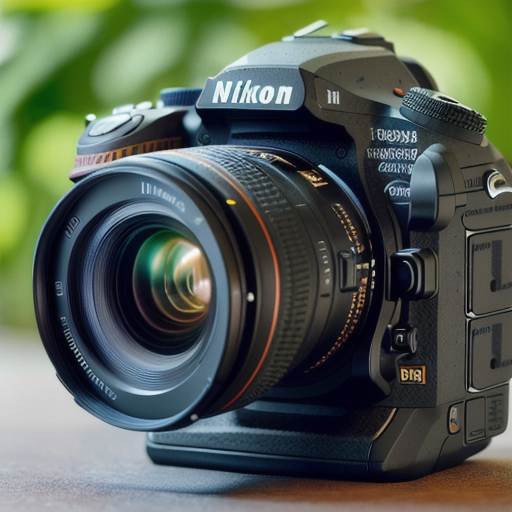In today’s digital age, camera modules have become an integral part of our daily lives, revolutionizing the way we capture and share moments. These compact devices, available in various categories, offer a wide range of features and functionalities. In this article, we will explore the different categories of camera modules and delve into their applications across various industries and sectors. Understanding these categories and their applications will help us appreciate the versatility and significance of camera modules in today’s technology-driven world.
Compact Camera Modules:
Compact camera modules, also known as point-and-shoot modules, are designed for simplicity and convenience. These modules are small in size and often come with built-in lenses. They are commonly used in consumer electronics such as smartphones, digital cameras, and tablets. With their ease of use and portability, compact camera modules are popular among everyday users who seek high-quality photos without the complexities of manual settings. These modules find extensive applications in personal photography, social media sharing, and casual documentation.
DSLR Camera Modules:
Digital Single-Lens Reflex (DSLR) camera modules are the go-to choice for professional photographers and enthusiasts who demand advanced features and superior image quality. DSLR modules offer interchangeable lenses, allowing users to adapt to different shooting scenarios and achieve desired effects. These modules excel in capturing high-resolution images, offering precise control over exposure, focus, and other settings. They are widely used in professional photography, fashion, product imaging, and artistic pursuits where image quality and creative control are paramount.
Mirrorless Camera Modules:
Mirrorless camera modules have gained significant popularity in recent years due to their compact size, advanced features, and versatility. Unlike DSLR modules, mirrorless modules do not have an internal mirror, resulting in a smaller form factor. They offer interchangeable lenses and provide a similar level of control and image quality as DSLR modules. Mirrorless camera modules are widely adopted by professional photographers, vloggers, and content creators who require portability without compromising image quality. They find applications in travel photography, videography, documentary filmmaking, and more.
Surveillance Camera Modules:
Surveillance camera modules are designed for security and monitoring purposes. These modules are commonly used in surveillance systems for homes, offices, public spaces, and industrial environments. Surveillance camera modules are equipped with features such as night vision, motion detection, and remote access. They play a crucial role in ensuring public safety, deterring criminal activities, and providing evidence for investigations. These modules find applications in security systems, smart homes, retail stores, banks, and other areas where monitoring and surveillance are essential.
Industrial Camera Modules:
Industrial camera modules are specifically designed for industrial applications that require high-performance imaging and reliability. These modules are engineered to withstand challenging environments, including extreme temperatures, vibrations, and moisture. Industrial camera modules are used in fields such as manufacturing, robotics, automation, and quality control. They provide precise and real-time visual inspection, enabling process optimization, defect detection, and quality assurance in industrial settings.
Conclusion:
The diverse categories of camera modules offer a wide range of options to cater to different needs and applications. From compact modules for everyday photography to professional-grade DSLR and mirrorless modules for creative pursuits, camera modules have transformed the way we capture and share images. Additionally, surveillance camera modules ensure public safety, while industrial camera modules provide vital imaging capabilities for industrial processes. Understanding the categories and applications of camera modules allows us to make informed choices based on our specific requirements. As technology continues to evolve, we can expect further advancements in camera module technology, opening up new possibilities in photography, videography, security, and industrial imaging.














